Ends at midnight!
How to Measure a T-Shirt: A guide to fit guides
How to Measure a T-Shirt: A guide to fit guides
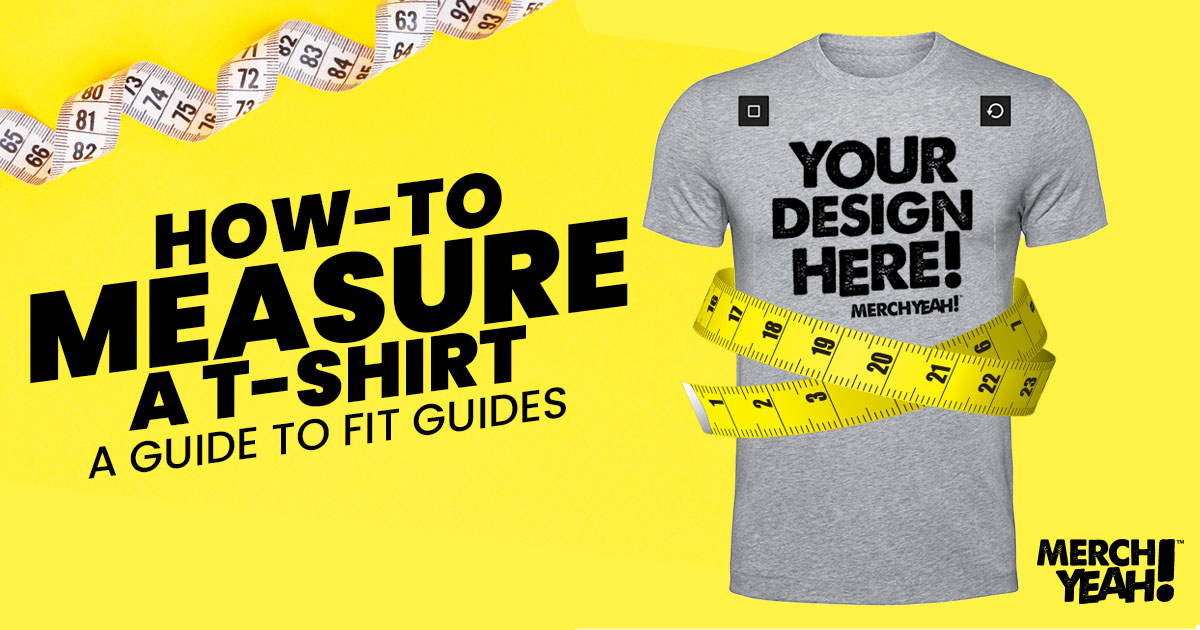
In the world of online fashion retail, accurate t-shirt measurements play a pivotal role in enhancing your store's reputation and customer satisfaction. T-shirt sizes can vary dramatically between brands, often leaving shoppers in a state of confusion, prompting them to ask the ever-relevant question, "How do I measure a t-shirt?"
In this article, we'll highlight key t-shirt measurements and explore the distinction between standard and fashion fits. Armed with this knowledge, you can ensure a seamless shopping experience for yourself and your fans while enhancing your store's offerings.
The Significance of Accurate T-Shirt Measurements:
Accurate t-shirt measurements are the secret sauce for a perfect fit. They're the magic behind how a shirt drapes on your body and, let's face it, how happy you are when it arrives on your doorstep. In the world of online shopping, where we all seek some certainty, having these numbers handy is like having a trusted friend on speed dial.
But here's the best part: each item in your shop comes with its very own fit guide. It's like your personalized cheat sheet for that specific piece. No more guessing games or crossed fingers – just straight-up, to-the-point measurements. You and your fans can shop with confidence, knowing exactly what you're getting.
Key T-Shirt Measurements:
To guarantee that your customers find the perfect fit, the length and width measurements for each shirt can be found in the fit guide on the product page. While these measurements are sourced from our suppliers, slight variations may exist(often referred to as tolerance). When taking measurements, it's crucial to place the shirt on a flat surface to prevent any stretching or displacement, and avoid pulling on the fabric to maintain accuracy.
Body Length:
Measure from the highest point of the shoulder down to the bottom seam of the t-shirt.
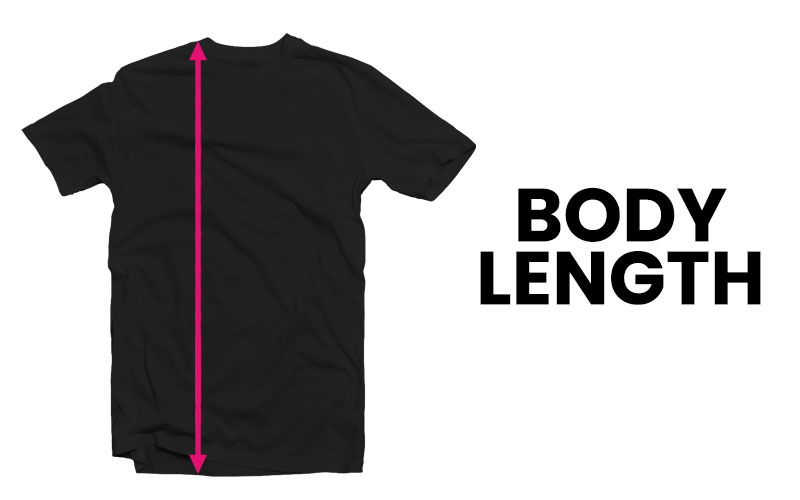
Body Width:
To determine the chest width, measure from the bottom of one armpit to the other.
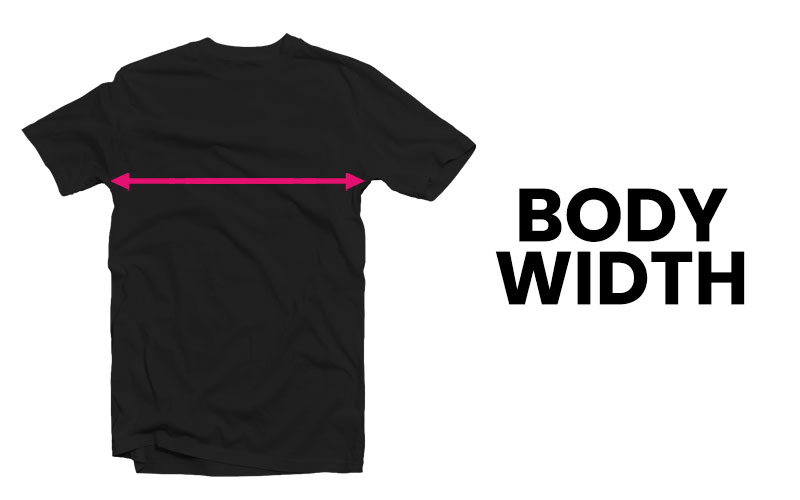
Sleeve Length:
Measure from the tip of the shoulder to the opening of the sleeve.
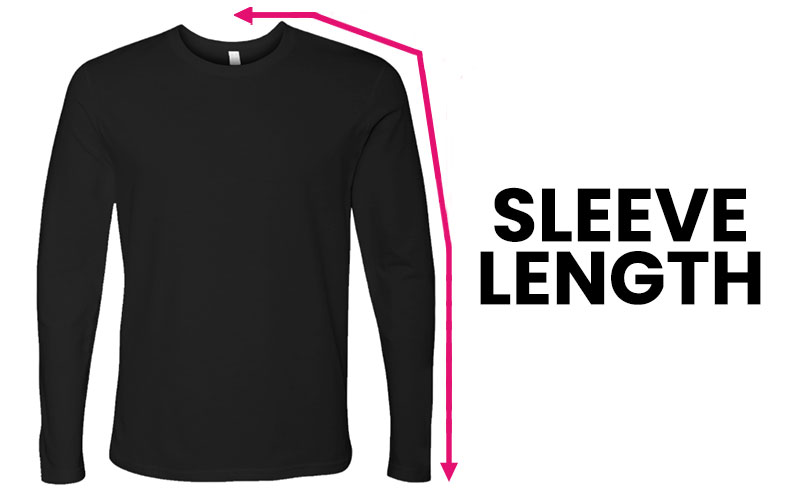
Standard vs. Fashion Fit:
In the world of custom apparel, two primary fits must be considered: Standard Fit and Fashion Fit.
Standard Fit:
Standard fit, often referred to as regular fit, is designed to hang loosely on the body, offering comfort and a relaxed feel. It strikes a balance between not being excessively tight or overly baggy, making it suitable for most body types. The key to a standard-fit t-shirt lies in its straight-sided cut, with chest, waist, and bottom hem measurements being similar. Sleeves typically have a moderate length, falling around the middle of the upper arm, allowing ample room for movement. Standard-fit t-shirts are the go-to choice for those seeking a casual and versatile look that's suitable for everyday wear.
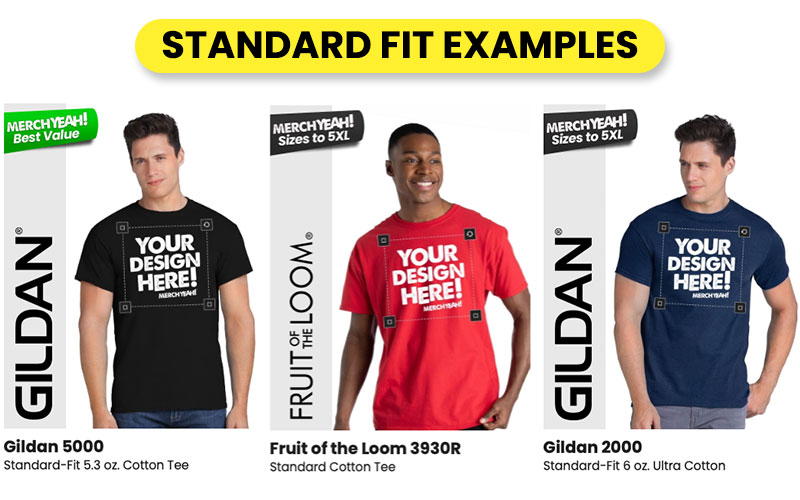
Fashion Fit:
Contrasting with traditional boxy t-shirts, the fashion-fit t-shirt, also known as the fitted t-shirt, is designed to hug the body more closely. This fit typically boasts shorter sleeves, a longer body, and a tapered design that accentuates the wearer's physique. It often emphasizes the chest and arms by reducing excess fabric, resulting in a more modern and tailored appearance. Fashion-fit t-shirts are ideal for individuals looking to strike a balance between style and comfort. They offer a more refined version of the classic tee, making them an appealing choice for those seeking a slightly dressed-up appearance.
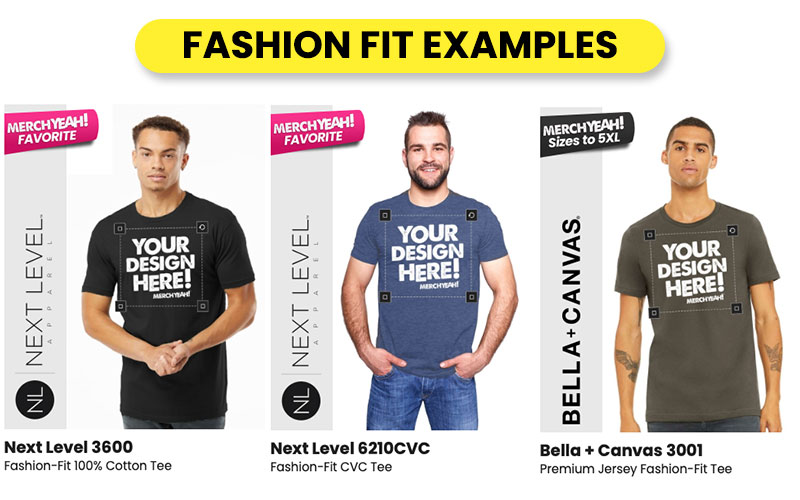
Conclusion:
With a comprehensive understanding of t-shirt measurements and their importance, you have the tools needed to elevate your store's offerings and enhance customer satisfaction. Providing precise measurements instills trust and credibility with your customers, ensuring they have a clear understanding of their purchase. Whether you choose to offer standard fit, fashion fit, or both, comprehending these styles allows you to curate a diverse collection that caters to a variety of preferences and body types.









